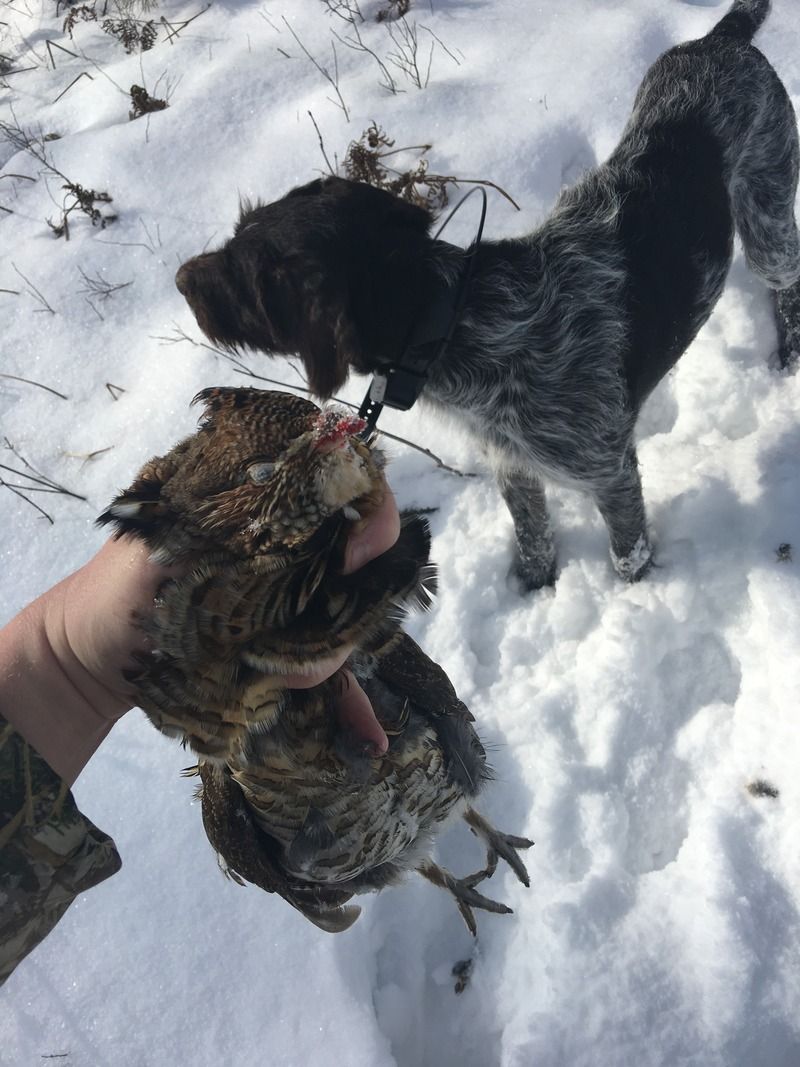If I shot a 20 gauge with 1 1/4 ounce of #5 shot wouldn't that basically be the same as a 1 1/4 ounce #5 load out of a 12? I'd have to shoot 3 inch shells in a 20 to shoot 1 1/4 ounce loads but since it's not high volume shooting I think that would be ok. On the other hand I could probably find some one ounce loads that pattern well and use those too.
Slide -- Out to about the 40 yard mark, you will give up very little with the 20ga if you use the appropriate loads/chokes. So, keep your shots reasonable (out to ~40 yards max) and use the right load, pellet size and choke, and you won't have have any trouble killin' pheasants with a 20ga.
Of course, you'll need to pattern your loads and chokes at the distance you plan on using them to make sure they can maintain good pheasant killing pattern densities. But, loads from 1- to 1 1/8-ounce with lead No. 6s or 5s will handle most pheasant shooting at reasonable ranges if you choked them properly. A good starting point for a choke combo in a double-barreled 20ga gun would be would SK/IM.
Here are some of my pattern numbers from a 20-gauge Browning Citori with 28" Invector-plus barrels and Briley flush chokes that I've killed pheasants with to give you an idea of what you might find (patterns average of five, 30" post-shot scribed circle, yardage taped muzzle to target, and in-shell pellet count average of five).
20 GA 2 3/4" RELOAD
1 oz #6 lead (233 pellets) 1,200 fps
30 YARDS -- SK / pattern 147 (63%)
40 YARDS -- IM / pattern 163 (70%)
20 GA 2 3/4" REM PHEASANT LOAD
1 oz #5 lead (177 pellets) 1,220 fps
30 YARDS -- SK / pattern 104 (59%)
40 YARDS -- IM / pattern 109 (62%)
20 GA 3" RELOAD
1 1/8 oz #5 lead (190 pellets) 1,200 fps
30 YARDS -- SK / pattern 127 (67%)
40 YARDS -- IM / pattern 122 (64%)
I mostly shoot my reloads above but I've killed several with the factory load listed.
Of course, if you can't put the pattern on the front end of the pheasant then little else matters!!!
 [/URL]
[/URL]
